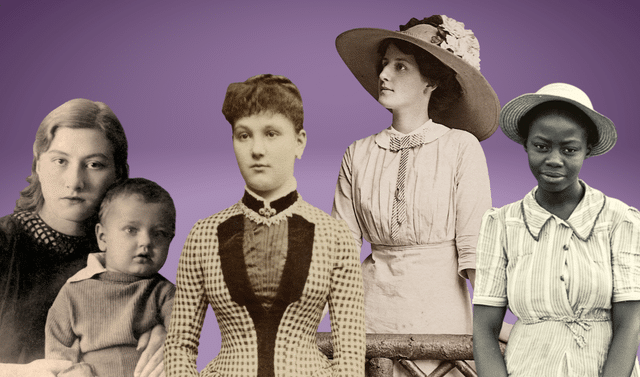Sign up for the Family Tree Newsletter! Plus, you’ll receive our 10 Essential Genealogy Research Forms PDF as a special thank you.
Get Your Free Genealogy Forms
"*" indicates required fields
In our How I Did It series, genealogy experts you know and trust share stories of how they solved a specific problem in their research.
Rose O’Hotnicky appeared as a young married woman in the 1910 census in Lackawanna County, Pennsylvania, with her spouse, Andrew, and their brand-new baby:

The couple’s marriage license application identifies Rose’s maiden name as Krankota but doesn’t include her parents’ names. That’s what I wanted to know.
According to this census, Rose was born in New York. No record was found for her in online New York birth collections, either for the state or city (which are maintained separately). Additional research into New York birth records didn’t seem the most desirable strategy at the time because so little was known about her birth and because the records weren’t easily accessible. For all the trouble and expense I might take trying to find her birth record, I might not recognize it as hers if I found it. For the time being, I set this line of inquiry aside.
However, a quick search of the same census revealed a Krankota family living on the same street:

Parents Annie and John Krankota were both born in Austria Russia. Rose’s entry claimed her parents were born in Austria Slovakia. It’s not an exact match, but Rose may not have known enough about the geography of her parents’ birthplace to give accurate information. More compelling are the columns showing Annie had given birth to seven children, four of whom were still living, and only three of whom were listed in the household. At 34, Annie could have given birth to 18-year old Rose.
Looking sideways: Collateral research
At this point, I decided to try a strategy known as collateral research: look at the records of other relatives to see what they say about your ancestor of interest. Proceeding on the theory that 9-year-old Joseph was Rose’s younger brother, I decided to search for more records about him. Perhaps his obituary would name her, or a draft registration if she were listed as next-of-kin. Any records about him might contain additional clues about his parents’ identity and earlier residences, which might circle back to Rose.
Answers in a delayed birth record
As it turns out, Joseph was born right there in Lackawanna County, and he had filed a delayed birth record with the county Orphan’s Court.
Delayed birth records became common in the 1930s, when adults needed proof of birth for application into the new Social Security system. Many adults didn’t have civil birth records, either because of record loss or because they hadn’t been created in the first place. Instead, delayed birth certificates could be created after providing a sworn statement and whatever supporting evidence existed regarding a person’s birth.
I’ve included the whole record below, so you can see for yourself the gorgeous genealogical details it contains about him. But the information that made me grin was on the very last page.



As shown above, an affidavit was signed by Rose Krankota O’Hotnicky, identified here as his sister. That’s the evidence I needed to tie her to this family. Additional research confirmed the connection, and another branch on the family tree took shape.









